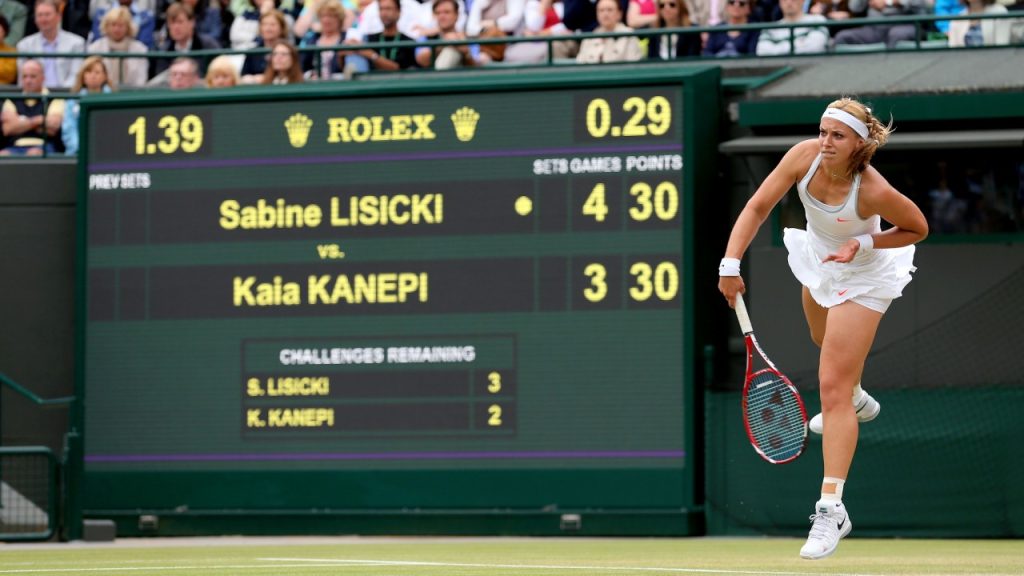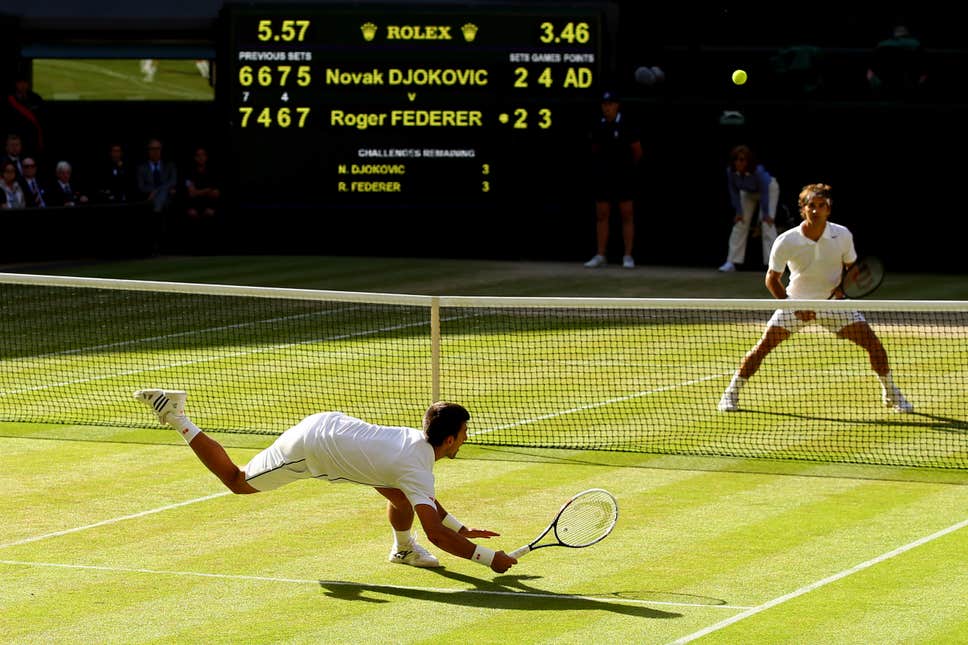Unlike football, hockey or basketball, the rules of scoring in tennis are not clear to everyone. There is a version that the scoring of 15, then 30 and 40 points in a game is associated with the minute marks on the dial. Let's find out how true this is.
The basic unit of a tennis match is a game that starts with the score 0:0. If one of the athletes wins the rally, then the score becomes 15:0, another - 30:0, another - 40:0, and after the next success the game ends. There are various explanations for why such a counting system is used. One of the most popular is due to the fact that the numbers symbolize the movement of the hand on the dial, marking a quarter, half and three-quarters of the way to winning the game. Where did this version come from and how reliable is it?

The theory is based on the fact that initially for the third draw the player was awarded not 40, but 45 points. Tennis dates back to the Middle Ages, and such a scoring system is mentioned, for example, poets from the early 15th century, using tennis as a metaphor for a battle between two armies. Author of the book Tennis: A Cultural History, German explorer Heiner Gilmeister indicates that the use of the number 45 was widespread at least until the 16th century, when for the sake of ease of pronunciation the number 40 began to be used.
However, the complex and in some ways even beautiful story becomes more and more like a legend if we turn to the history of watchmaking. The very idea of a dial with minute markers is the first appeared only in 1475 in the manuscript of Paulus Almanus, and the creation and widespread distribution of such watches became possible only with invention pendulum mechanism almost two centuries later. It is impossible that a “strange” scoring system that appeared more than 600 years ago could be related to an invention that is no more than four centuries old.
Fake
Read on topic:
- Malcolm D. Whitman. Tennis: Origin and Mysteries
- Heiner Gillmeister. Tennis: A Cultural History
- https://time.com/5040182/tennis-scoring-system-history/
If you find a spelling or grammatical error, please let us know by highlighting the error text and clicking Ctrl+Enter.







